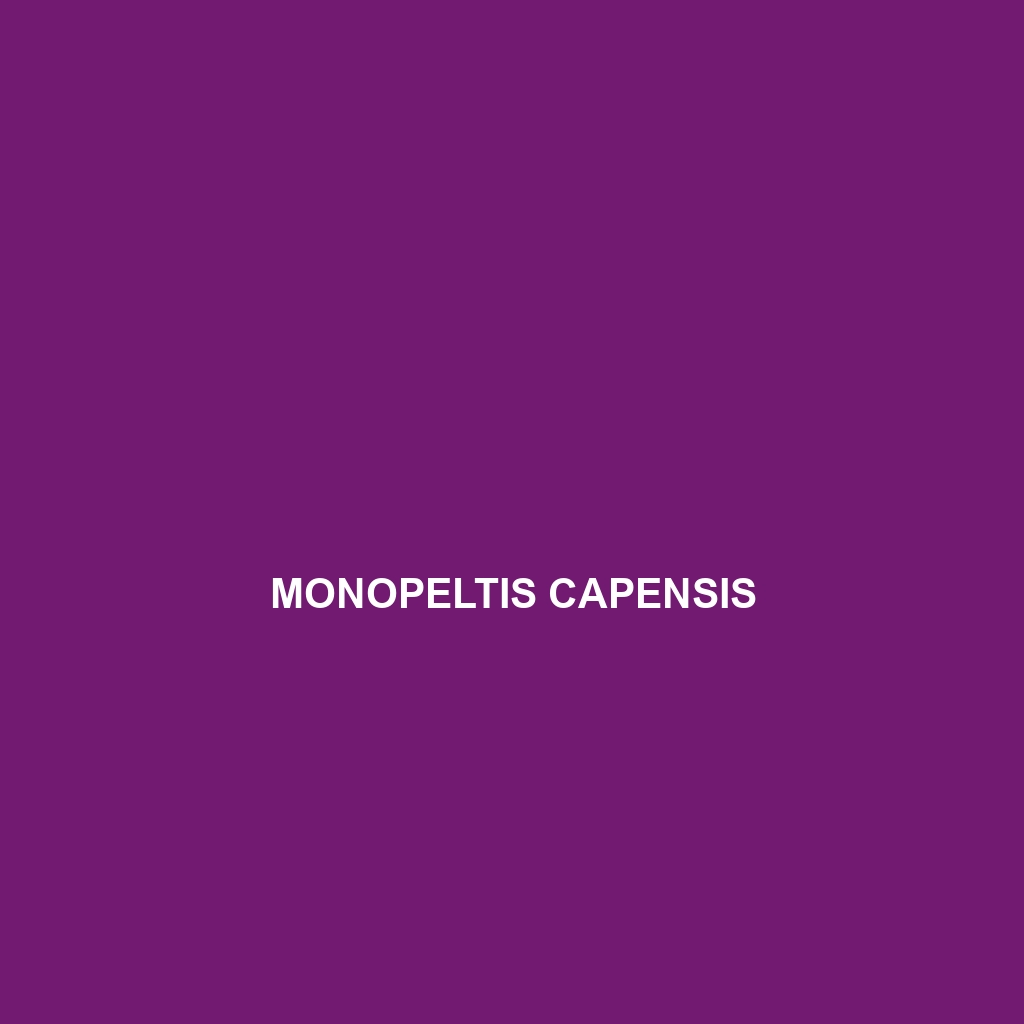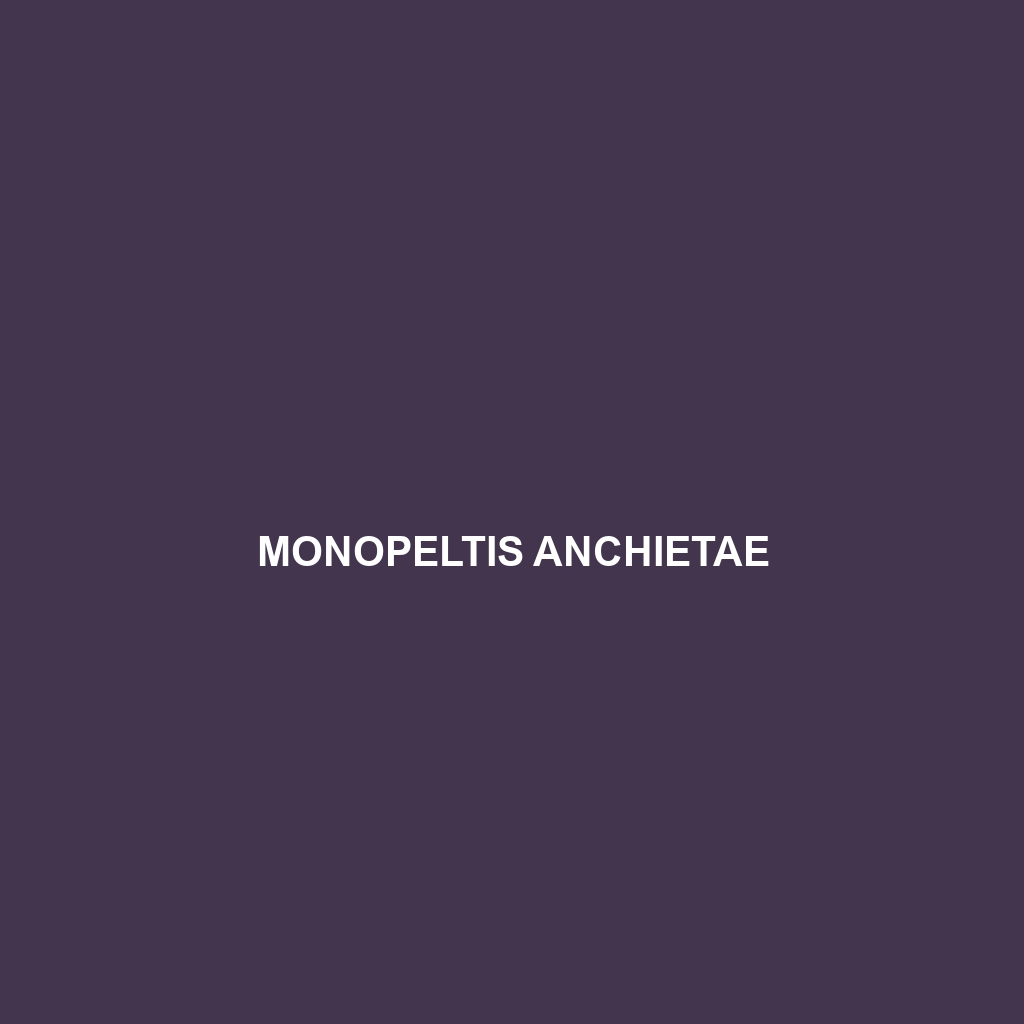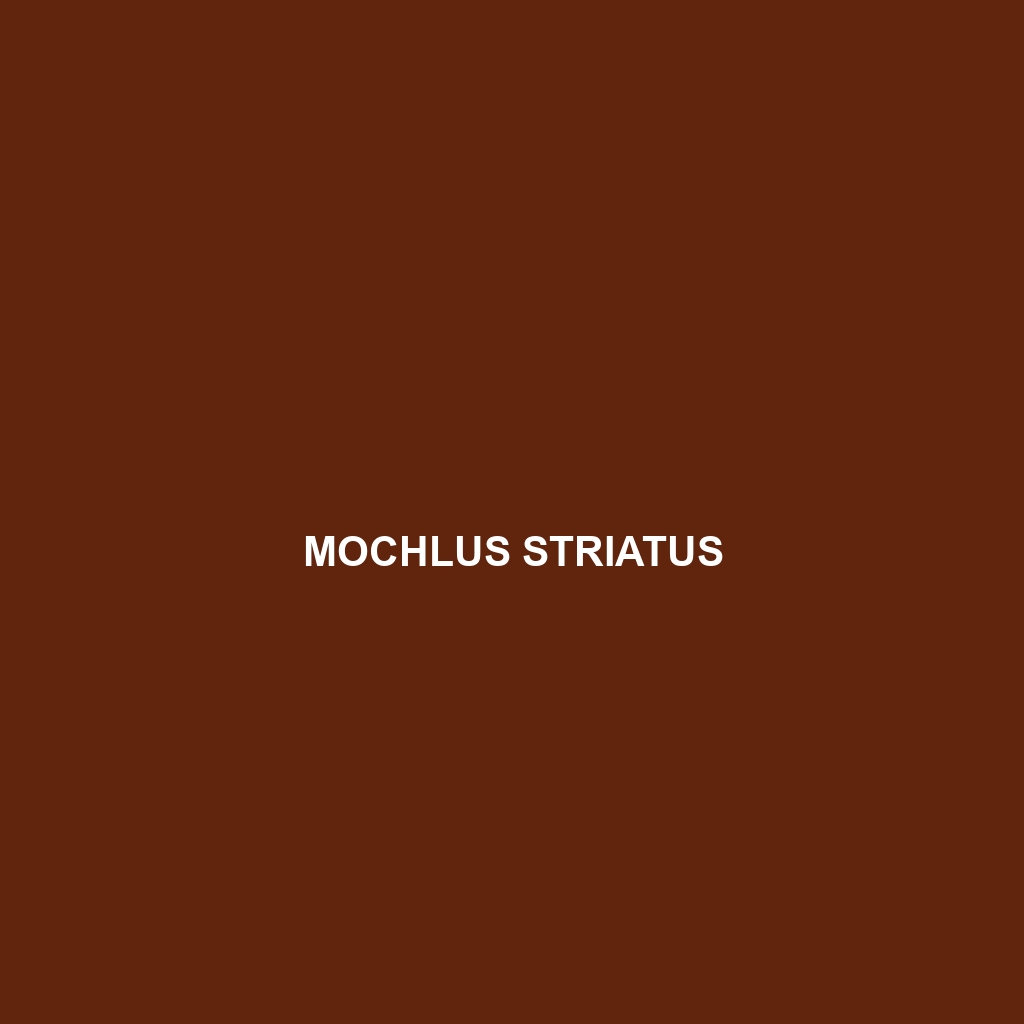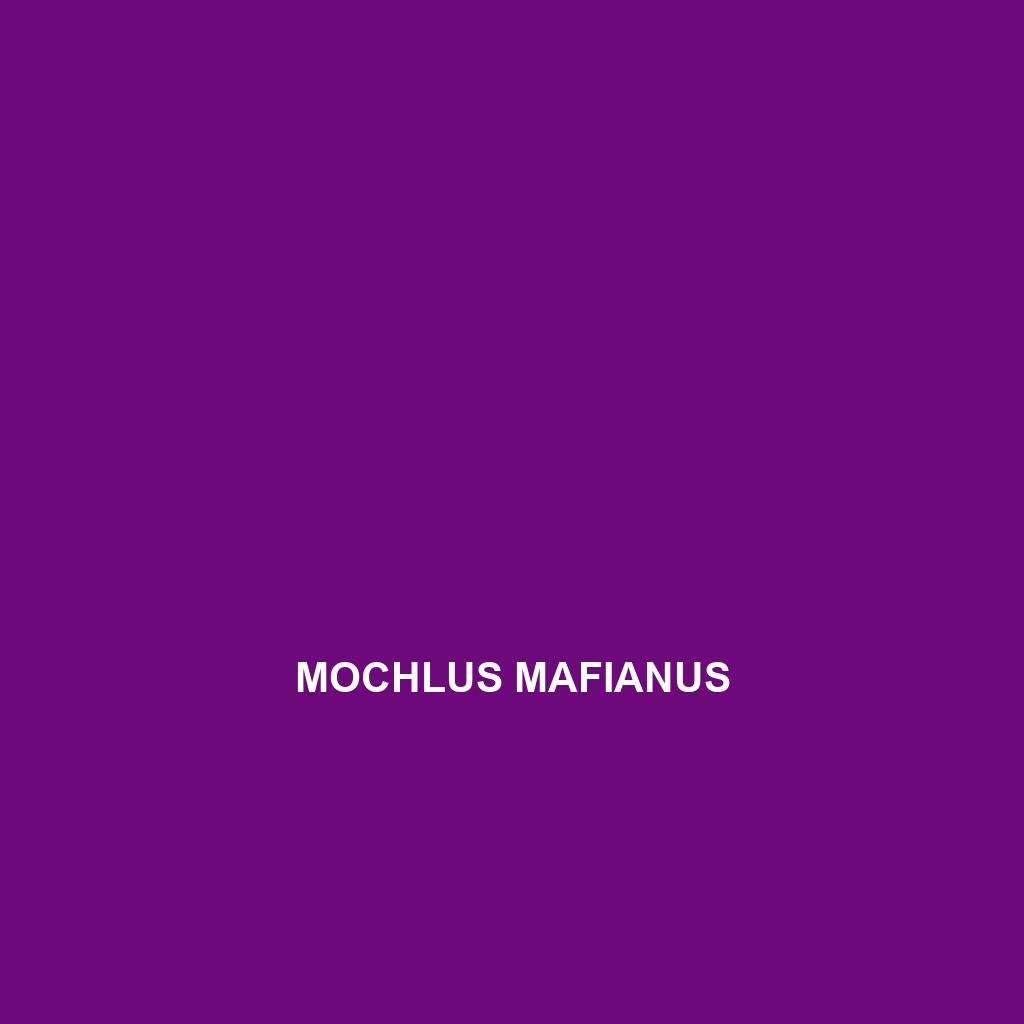Introducing the Monopeltis decosteri, a medium-sized legless skink native to the dry forests and savannas of southern Africa. This nocturnal insectivore thrives in sandy terrains, and its smooth, shiny body provides excellent camouflage in its habitat.
Tag: skink diet
Monopeltis capensis
Discover the <b>Monopeltis capensis</b>, or Cape legless skink, a unique nocturnal insectivore adapted to burrowing in sandy soils of southern Africa's savannas and grasslands. With their smooth, cylindrical bodies and reduced limbs, these skinks play a crucial role in ecosystems by controlling insect populations while serving as prey for larger animals.
Monopeltis anchietae
<p><b>Monopeltis anchietae</b>, also known as Anchieta's legless skink, is a nocturnal insectivore found in the sandy soils of southern Africa's temperate forests and savannas. Notable for its elongated, limbless body, this species plays a crucial role in controlling insect populations while contributing to the ecosystem's health.</p>
Mochlus striatus
Meet the Mochlus striatus (striped skink), a small to medium-sized insectivore native to East African rainforests and savannas, known for its striking cream or light brown body adorned with dark stripes and its remarkable agility. This diurnal skink plays a vital role in maintaining ecological balance by controlling insect populations and serving as prey for larger predators.
Mochlus simonettai
Discover the Mochlus simonettai, or Simonetta’s skink, a vibrant insectivorous species native to East Africa's humid tropical rainforests, known for its striking coloration and exceptional camouflage. With a length of up to 20 cm, this diurnal skink plays a crucial role in regulating insect populations while facing threats from habitat loss.
Mochlus productus
Discover the vibrant Mochlus productus, also known as the African Skink, a fascinating insectivore found in tropical rainforests and savannas, recognized for its elongated body, striking coloration, and nocturnal foraging behavior. This species plays a crucial role in controlling insect populations and is notable for its ability to regenerate its tail as a defense mechanism.
Mochlus mafianus
The Mochlus mafianus, or Mafia Island skink, is a medium-sized, diurnal skink native to Tanzania's coastal and forest habitats, characterized by its smooth, shiny scales and ability to reach lengths of up to 25 cm. This species plays a vital role in its ecosystem, exhibiting fascinating behaviors, such as color change and territorial marking, while primarily feeding on insects, fruits, and plant matter.
Mochlus lanceolatus
Mochlus lanceolatus, commonly known as the leaf-litter skink, is a medium-sized, diurnal skink found in humid rainforests and forest edges of Western and Central Africa, recognized for its slender body, smooth shiny scales, and adaptability to moist environments. An essential insectivore in its ecosystem, it aids in controlling insect populations while showcasing remarkable camouflage and survival strategies.
Mochlus brevicaudis
<p>Discover the <b>Mochlus brevicaudis</b>, or short-tailed skink, a diurnal insectivore found in the tropical rainforests and savannas of Central and West Africa. With its distinctive bright coloration, slender body, and unique tail adaptations, this species plays a vital role in regulating insect populations while exhibiting fascinating social behaviors.</p>
Mesoscincus schwartzei
Introducing the Mesoscincus schwartzei, a captivating skink native to the rainforests of Central and South America, characterized by its striking dark brown and greenish coloration, smooth scales, and unique ability to regenerate its tail. Primarily insectivorous and known for social behaviors, this diurnal species thrives in humid environments, playing a vital role in its ecosystem as both predator and prey.









